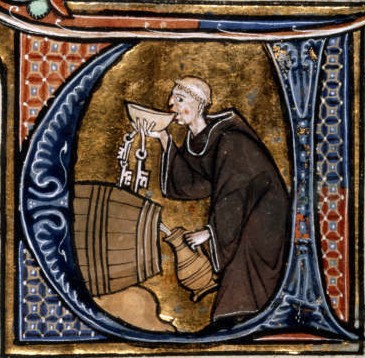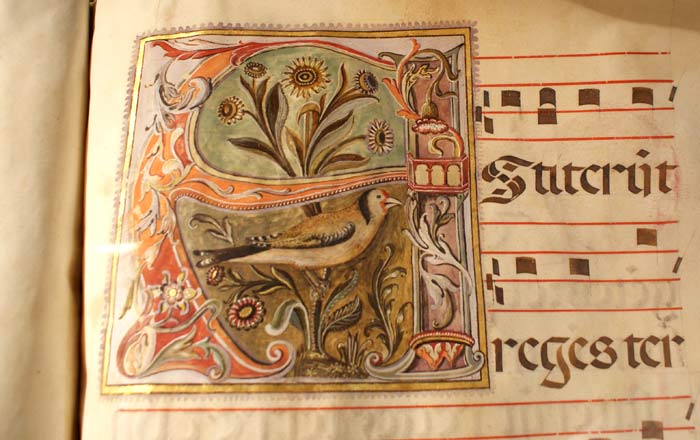
Honey marvels and fascinates because of its versatility, in cooking as well as in crafts. Crucial are its properties for gilding the miniatures of ancient codices.
The hilly and foothill areas of our country are botanically very rich territory and offer bees large quantities and varieties of nectar. Excellent for this reason are millefiori, clover and gorse. The scents of the honeys are then enriched by the pollens of chestnut, thyme and forget-me-nots.
Thanks to its wonderful qualities and eclectic nature, honey has played a key role in the world of gastronomy as well as crafts since the Middle Ages, and still does today.
In the Middle Ages honey was a basic ingredient in desserts but also in bread and flatbreads, as well as in other dishes. It was also used to preserve flowers, fruits and various kinds of foods because of its antibacterial properties.
Then, during the Renaissance, wealthy aristocratic kitchens used it as a sweetener, replacing the exotic and too expensive brown sugar.
Today, as then, honey still remains an indispensable product of Italian gastronomy, necessary especially for the production of traditional sweets, from the typical fried foods of Carnival to Christmas nougats and fristings.
Let us now, however, turn our attention to the other, certainly less known if not unknown, way in which honey is used, talking about a particular curiosity that reveals the relationship between honey and handicrafts.
Gilding miniatures with gold leaf or foil, on wood or manuscript scrolls, was a popular craft and artistic technique in medieval times.
As for manuscripts on parchment, gilding was the first and essential step in creating the miniature. Several methods were used, even simultaneously, at this stage of “coloring” the design, to give different effects to the gilded parts, from backgrounds to halos.
In the more expensive process, and in vogue since the mid-15th century, gold dust mixed with gum arabic was used, resulting in a golden ink, applied after the colors were applied to the miniature.
Instead, in the other methods, gold leaf was used with the addition of honey. Gold leaf was applied to a wet gluey layer spread over the design, and once it had dried, gold polishing was done. The end result were particularly bright miniatures, an effect due to the thickness and different angles at which the gold surface reflected light.


